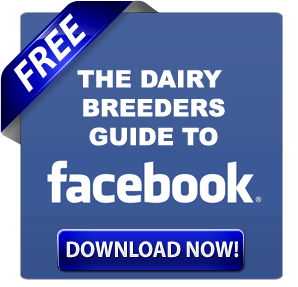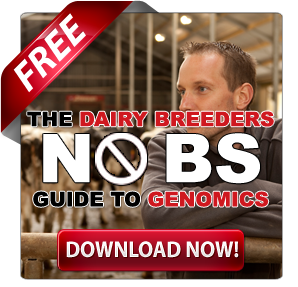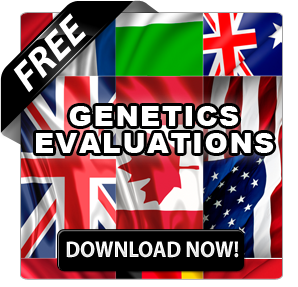Net Merit 2025 is set to revolutionize dairy breeding. Launching April 1, 2025, this updated index emphasizes butterfat, feed efficiency, and cow longevity. Discover how these changes could boost your herd’s profitability and shape the future of dairy farming. Are you ready for the next generation of genetics?
Summary:
The Council on Dairy Cattle Breeding (CDCB) is set to launch Net Merit 2025 on April 1, 2025, introducing significant updates to the genetic selection index for dairy farmers. This revision adjusts trait emphases to reflect current market trends and production realities, with notable changes including increased butterfat production, a greater focus on feed efficiency, and more weight on cow and heifer livability. The update aims to improve cow profitability over generations by combining economic values for 12 individual traits and five composite subindexes into a single value. While the changes are substantial, the high correlation between the 2025 and 2021 indexes suggests stability in genetic evaluations. Dairy farmers are encouraged to consider these updates in their long-term breeding strategies, considering that the index may not perfectly reflect individual farm conditions. Additional specialized indices are available for specific production systems, offering farmers flexibility in aligning genetic selection with their particular market and operational needs.
Key Takeaways:
- The Council on Dairy Cattle Breeding (CDCB) will release Net Merit 2025 to enhance dairy genetic selection based on current market trends.
- The updated index emphasizes butterfat production and livability while de-emphasizing protein to align with economic changes.
- Specialized indices, such as Cheese Merit, Fluid Merit, and Grazing Merit, help tailor genetic selection to various production systems.
- Net Merit provides a long-term strategy for improving dairy cow profitability, emphasizing trends of economically vital traits.
- Farmers are encouraged to stay informed through USDA resources and industry workshops to incorporate Net Merit into breeding decisions optimally.
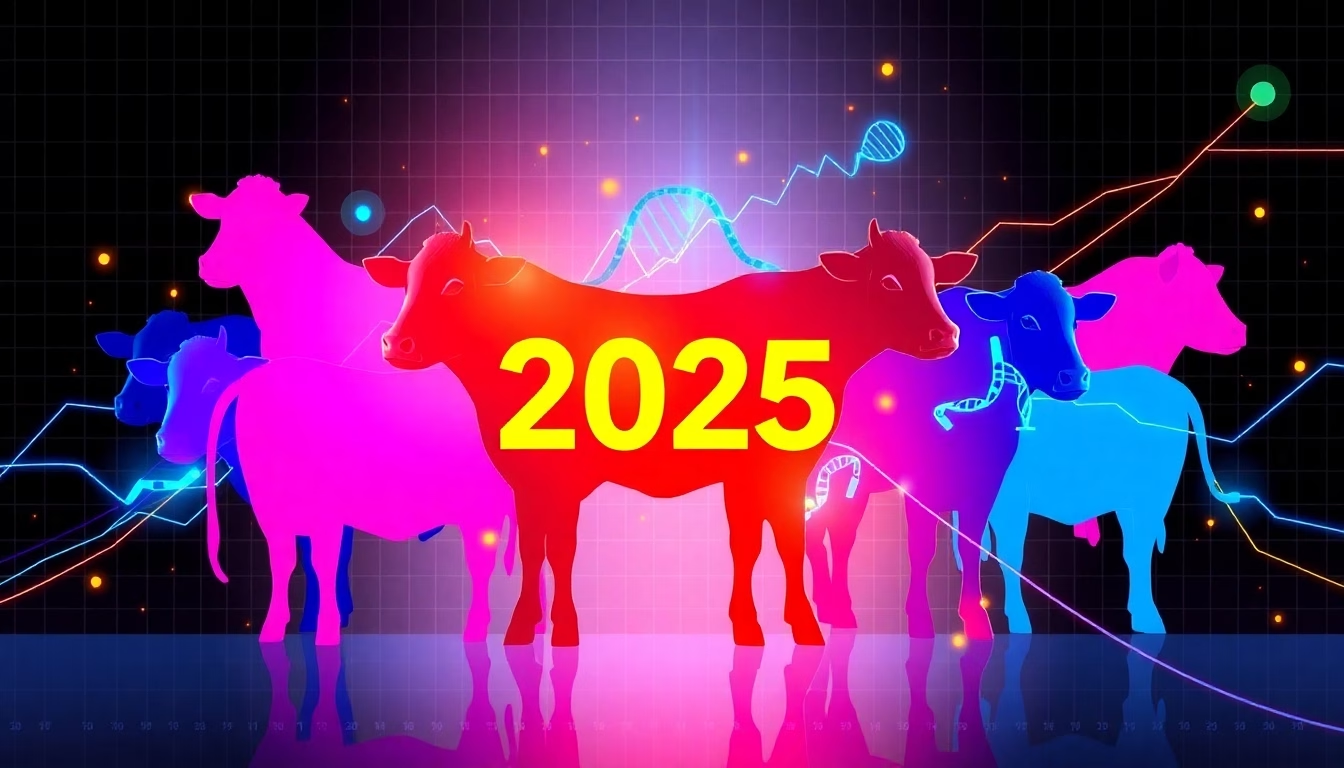
The Council on Dairy Cattle Breeding (CDCB) will introduce Net Merit 2025, which includes updated genetic selection methods for dairy farmers, on April 1, 2025. This update revises genetic selection for dairy farmers nationwide and adjusts trait emphasis to reflect current market trends and production realities.
What is Net Merit?
The Lifetime Net Merit (NM$) index ranks dairy animals based on their combined genetic merit for economically important traits. Net Merit 2025 introduces innovative methods for evaluating traits and economic factors in dairy animals.
Dr. Paul VanRaden, a Research Geneticist at USDA, highlights Net Merit 2025 as a strategic response to the evolving dairy industry. The update integrates recent economic data and research to assist farmers in breeding more profitable cows.
NM$ combines values of particular traits and subindexes to improve the profitability of cows over multiple generations.
The Evolution of Net Merit
First published in 1994 by the USDA’s Animal Improvement Programs Laboratory, Net Merit has been routinely updated at three—to four-year intervals. The index weights are based on an economic model that considers incomes and expenses over a dairy cow’s lifetime, using data from public sources when possible.
Net Merit 2025 is the result of extensive collaboration. The process included:
- Initial drafting by USDA’s Animal Genomics and Improvement Laboratory (AGIL) in the summer of 2024
- Public discussion at the CDCB Industry Meeting during World Dairy Expo
- Presentation to university experts at the S-1096 Multistate Research Project meeting
- Review by CDCB’s Genetic Evaluation Methods and Producer Advisory Committees
- Final approval by the CDCB Board of Directors in December 2024
Key Changes in Net Merit 2025
Comparison of Trait Weights
The following table shows the expected relative value of economically rooted weights of traits in the revised April 2025 Net Merit $ formula, compared to weights in the current formula:
| Trait | Current NM$ | April 2025 NM$ |
|---|---|---|
| Protein | 19.6% | 13.0% |
| Fat | 28.6% | 31.8% |
| Feed Saved | 12.0% | 17.8% |
| Productive Life | 11.0% | 8.0% |
| Cow Livability | 7.0% | 8.0% |
| Udder Composite | 7.0% | 7.0% |
| Fertility | 6.8% | 6.8% |
| Heifer Livability | 1.3% | 2.0% |
The 2025 revision includes significant changes:
- Butterfat Emphasis: The emphasis on butterfat production has increased, aligning with recent price trends. The weight of fat in NM$ has risen from 28.6 to 31.8.
- Protein De-emphasis: The weight for protein decreased from 19.6 to 13.
- Livability Focus: Greater emphasis on cow and heifer livability, reflecting higher cull cow and heifer calf prices.
- Feed Efficiency: More negative emphasis on Body Weight Composite and greater focus on Residual Feed Intake to address feed costs.
- Minimal Reranking: The 2025 and 2021 NM$ indexes show a high correlation of 0.992 for young Holstein bulls and 0.981 for recent progeny-tested bulls, indicating stability in genetic evaluations.
Customized Selection Indices
In addition to NM$, CDCB offers three more indices customized for specific dairy operations: Cheese Merit (CM$), Fluid Merit (FM$), and Grazing Merit (GM$).
- Cheese Merit (CM$): Tailored for cheese producers, this index emphasizes protein and somatic cell score.
- Fluid Merit (FM$): Designed for fluid milk producers, focusing on milk volume and butterfat.
- Grazing Merit (GM$): Optimized for pasture-based systems, prioritizing fertility and adaptability.
These specialized indices allow farmers to align genetic selection with their specific market and production system.
Applying Net Merit to Your Farm
While Net Merit is a valuable tool, it may not comprehensively capture each farm’s conditions. Therefore, it is recommended that farmers prioritize evaluating the genetic progress trends for traits most vital to their operations.
“Rather than focus on one number or another, it’s more helpful to look at the big picture,” suggests VanRaden. “USDA provides the expected genetic progress in each trait from selection on NM$, and it’s better to see if the trends for the traits most important to you are in the desired direction.”
Long-Term Strategy for Herd Improvement
Farmers should adopt a long-term perspective when considering Net Merit 2025 to achieve sustainable improvements in their herds. The index has been designed to improve cow profitability over the generations, requiring patience and consistent application.
Staying Informed
For the latest information on Net Merit and its applications:
- Review USDA AGIL’s technical document detailing Net Merit calculations.
- Watch Paul VanRaden’s PowerPoint presentation, which summarizes changes and provides examples of how genetic values affect a cow’s lifetime profit.
- Engage with industry workshops and webinars to stay updated on genetic selection strategies.
Conclusion: Embracing the Future of Dairy Genetics
Net Merit 2025 signifies the dairy industry’s dedication to advancement, efficiency, and sustainability beyond an index update. Embracing these tools and staying informed about industry developments can empower dairy farmers to succeed in a constantly evolving market.
Looking ahead, farmers should actively engage with and adapt to these modifications. How do you plan to incorporate Net Merit 2025 into your breeding decisions? Share your thoughts and join the conversation shaping the future of dairy farming.







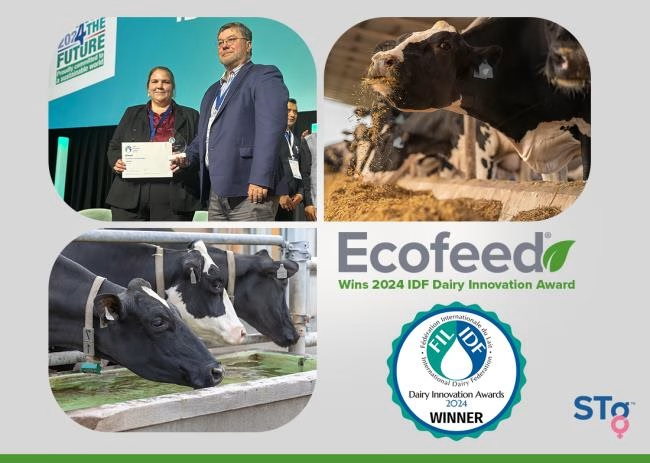
 Join the Revolution!
Join the Revolution!
